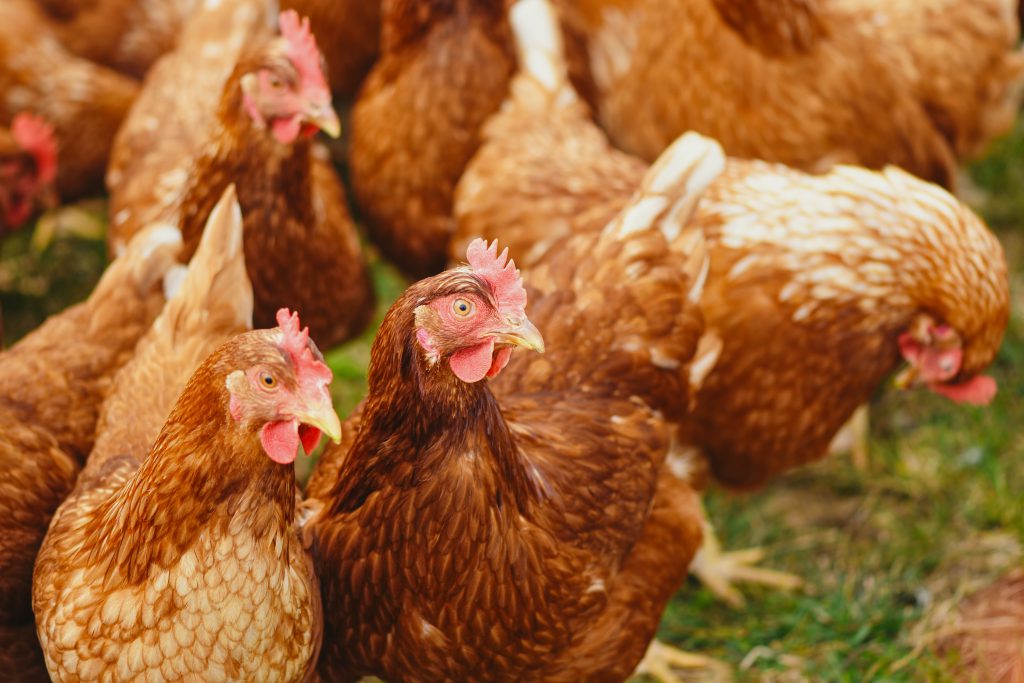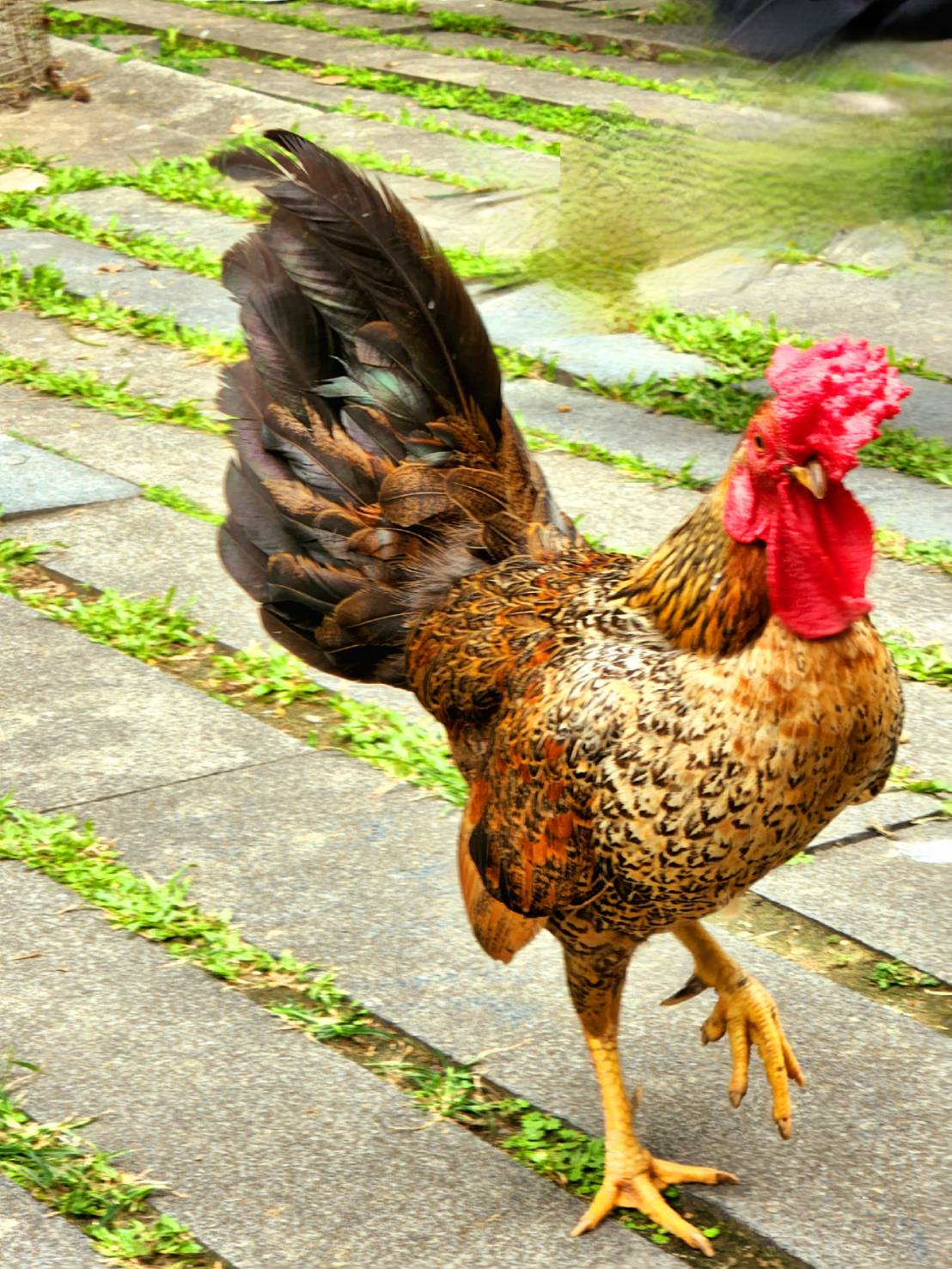Avian Infectious Bronchitis (IB):
Avian Infectious Bronchitis is an infectious disease with acute respiratory symptoms in chickens caused by Coronaviridae.
IB virus is an enveloped RNA virus infection with a short incubation period (about 18~36 hours). After respiratory tract infection, the virus, which replicates in many epithelial cells, will destroy the mucosa to lose its resistance to the virus. The location of viral infection and replication is from respiratory tract (nasal cavity, Harderian gland, trachea, lung and air sac), kidney, reproductive tract (ovary and testis) and intestinal tract. Therefore, sometimes it will also cause obstacles for layer hens.
However, almost all diseases are the same. When there are other pathogens in the respiratory tract, the compound infection will not only cause immunodeficiency or immunosuppression of the chicken, but also aggravate the harmfulness of the chicken respiratory tract, thus increasing the disease and mortality.
Clinically, the disease can be divided into respiratory tract, reproductive tract and nephritis according to its pathogenicity.
(1) Respiratory tract type: cough, rales, increased ocular, and nasal discharge so there are serous, catarrhal or caseous exudation in the trachea, nasal passages, etc.
(2) Reproductive tract type: dysplasia or atrophy caused by dwarfism of oviduct epithelial cells and disappearance of villi, softening of ovarian follicle, abnormal eggs and egg-drop, thus affecting egg laying efficiency.
(3) Kidney type: interstitial nephritis, edema, and urate deposition to cause watery diarrhea easily.
At present, the methods used to prevent IB are:
- Vaccination:
To the chicks, pay attention not to use vaccines with high virulence for the first immunization, and avoid using vaccines during egg laying.
- Feeding Management:
Try in and out of the chicken coop at the same time when disinfecting the chicken coop regularly as much as possible. Pay attention to the control of temperature and humidity. The stocking density should not be too high and try to reduce the stress on chicken flock.
Although IB is not as easy to cause large-scale death of chickens as Avian Influenza. However, there is a great impact on the production efficiency of egg laying and meat production.
In the long-term field experience, IB has a greater impact on the broiler industry than other viral diseases, because of the short feeding time on broilers. The broilers are much less likely to be infected with Avian Influenza and cause large-scale death compared with other chicken breeds, such as breeders, layers, native chickens, etc. with a long feeding time, because the broiler producers tend to neglect the impact of IB on the growth efficiency of chickens.
The feeding cost is the competitiveness of the farm, and the price of broilers is a market mechanism, so the farmer cannot control it. However, if the production efficiency and feeding cost of the farm are better than those of competitors, this is the goal that the farm should be focus on.
The use of non-nutritive feed additive, ImmuniVAP, provides another new solution for highly mutated viral infectious diseases, and can quickly induce mucosal immunity. The IgA antibody produced can neutralize the virus in the mucosa to greatly reduce the risk of virus infection. Furthermore, no matter how the virus mutates in the environment, ImmuniVAP can assist the immune system to produce corresponding target antibodies, which can neutralize the virus quickly and effectively.
Chickens are very sensitive animals and easily affected by environmental changes (cold stress, heat stress, space stress, etc.). In the use of vaccines, disease outbreaks are often caused by flocks or adverse reactions to vaccines.
If you want to know the efficacy and related data of the product, welcome to contact us.

Newcastle Disease:
Newcastle disease virus (NDV) was named after Doyle, who first discovered this disease in Newcastle, England, in 1926. Newcastle disease in Taiwan was first discovered in Taoyuan by Xingwu in 1928. The pathogen is caused by Paramyxovirus Type-1 (PMV-1), which includes 9 subtypes of Paramyxovirus, PMV-1~9.
Newcastle disease is a virulent disease with high infectivity and pathogenicity. It is infectious to chickens and a variety of poultry, no matter what age and what breed chickens are. Generally speaking, the infection rate of adult chickens is lower than that of medium-sized chickens, and the incubation period is 2~15 days, with an average of 5~6 days. Different symptoms occur according to the degree of chicken immunity, virus toxicity and infection volume, host sensitivity or environment.
At present, according to different clinical symptoms and pathological changes, it is roughly divided into two types: Asian type (acute virulent type, Velogenic-viscerotropic type, Doyle type) and American type (chronic type). American type is further divided into four types – Velogenic-neurotropic type (Beach type), Mesogenic type (Beaudette type), Lentogenic type (Hitchner type), and Lancaster type.
Asian type (Virulent visceral type) has a short course of the disease, and begins to die as soon as it occurs. The sick chicken has a loss of appetite and the body temperature rises to about 42 ℃. It is depressed, lethargic, retrorse hair, greenish watery diarrhea excretion, circling, and swelling of the tissues around the eyes and neck. It makes rales and strange sounds from its throat or opens its mouth for breathing. It cannot stand up and syncope. The chicken’s head, wings and tail are tremors and those with a longer course of disease begin to have twisting of the head and neck, and complete paralysis. Generally, it dies after 1 to 3 days of disease, so the acute mortality rate is 90 ~ 100%.
The course of the American type (Velogenic-neurotropic type) is relatively chronic. The main symptoms are depression, respiratory signs, greenish watery diarrhea, nervous signs, and reduced or stopped egg production. Moreover, the comb and wattle are dark purple. The symptoms of medium-sized and small chickens are more severe. The moderately poisonous type has mild respiratory symptoms and diarrhea, and egg production decreases or stops. The mortality rate of large chickens is about 5%, and the mortality rate of chickens is 50-80%.
The vaccines include inactive vaccines and active vaccines. Inactive vaccine is widely used in NDV vaccine prevention in various countries, but NDV in Taiwan has not been fully controlled. In addition to vaccination, the broiler industry can prepare for disease prevention in daily to improve Average Daily Gain, litter size, Egg Laying Rate, Feed Conversion Ratio, Feed Egg Ratio, livability and enhance vaccine effectiveness, so as to make poultry healthier. As long as 100~200ppm feed is added with non-nutritive feed additive, ImmuniVAP, it can assist poultry to set up a more effective immune mechanism and respond to invading bacteria/viruses appropriately. Trigger spontaneous reactions of the mucosal immune system initially to inhibit viral entry and infection in order to reduce the loss of egg and meat production efficiency of the farms.
However, three major effects to use ImmuniVAP:
- Make up the gap in vaccine protection due to reducing protection for virus mutation.
- Quickly produce antibody and shorten the probability of infection due to the use of vaccines.
- Alleviate adverse reactions due to vaccination.
If you want to know the efficacy and related data of the product, welcome to contact us.
Reference: Veterinary Technology

